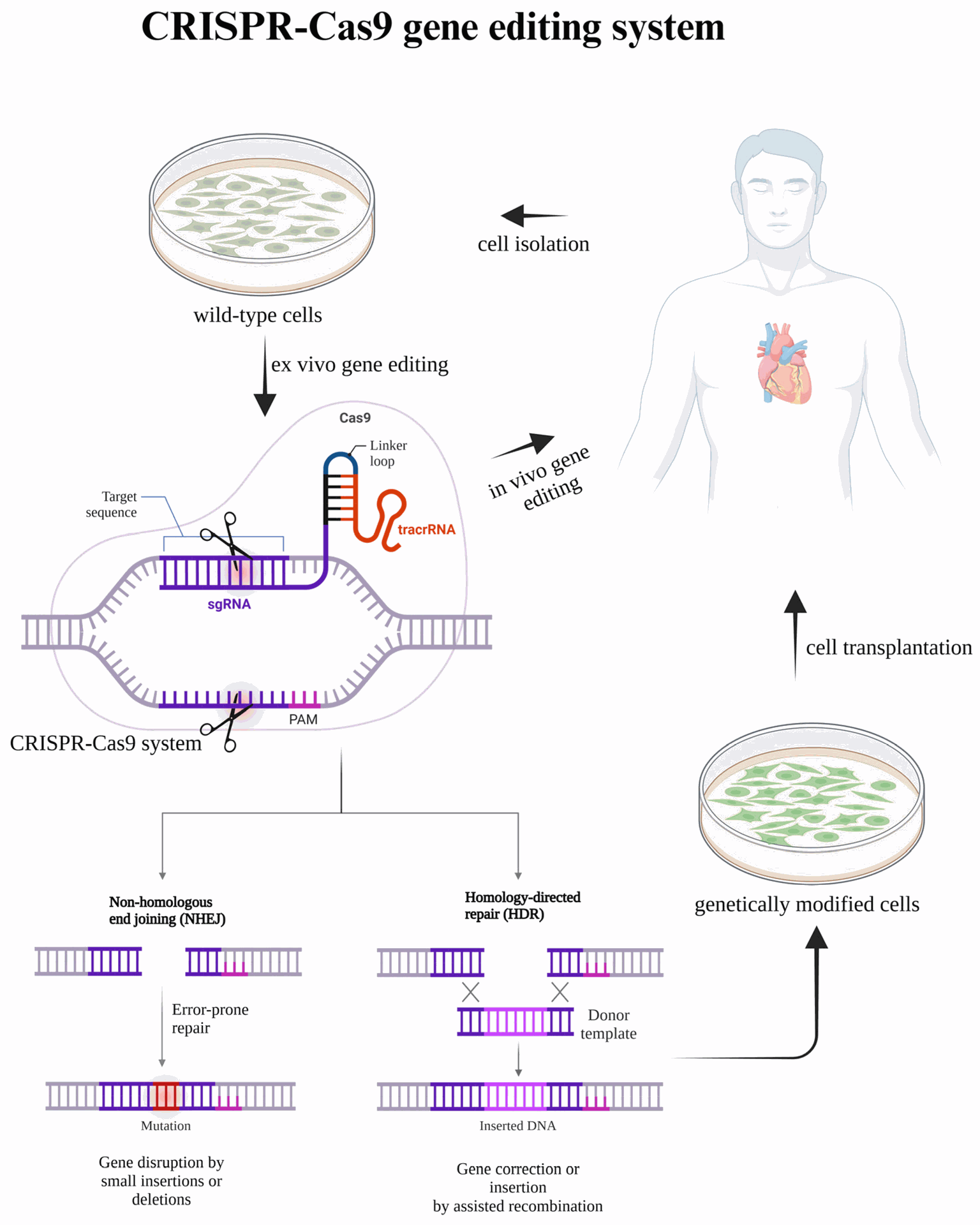Introduction
Genetics has always been at the heart of biology, but with the advent of CRISPR-Cas9, we’re entering a new era where editing DNA is as precise as rewriting software. This groundbreaking technology is transforming medicine, agriculture, and even bioengineering. But how does it work, and what does it mean for the future?
What is CRISPR?
CRISPR (Clustered Regularly Interspaced Short Palindromic Repeats) is a gene-editing tool derived from a natural bacterial defense system. Scientists repurposed it to cut, modify, or replace DNA sequences with unprecedented accuracy.
How It Works:
- Guide RNA leads CRISPR to the target gene.
- Cas9 enzyme acts as "molecular scissors," cutting DNA.
- Cell repairs the DNA, allowing edits (insertions, deletions, or replacements).
CRISPR’s Impact on Medicine
1. Curing Genetic Diseases
- Sickle Cell Anemia: CRISPR has already been used in clinical trials to correct the faulty HBB gene.
- Cystic Fibrosis: Researchers are testing CRISPR to fix CFTR gene mutations.
2. Cancer Immunotherapy
- Editing T-cells to better target and destroy tumors (CAR-T therapy).
3. Preventing Hereditary Disorders
- Embryo Editing: Controversial but promising for eliminating inherited diseases before birth.
Ethical Concerns
While CRISPR offers immense potential, it raises ethical dilemmas:
- "Designer Babies" – Should we edit genes for intelligence or appearance?
- Unintended Mutations – Off-target effects could cause new health issues.
- Accessibility – Will CRISPR therapies be available to all, or only the wealthy?
The Future of CRISPR
- Epigenome Editing – Controlling gene expression without altering DNA.
- Gene Drives – Eradicating diseases like malaria by editing mosquito DNA.
- Synthetic Biology – Creating custom organisms for biofuels and biomanufacturing.
Conclusion
CRISPR is more than a scientific breakthrough—it’s a paradigm shift in how we approach health, evolution, and ethics. As we harness its power, we must balance innovation with responsibility.
What do you think? Should we push the boundaries of gene editing? Share your thoughts with us!
